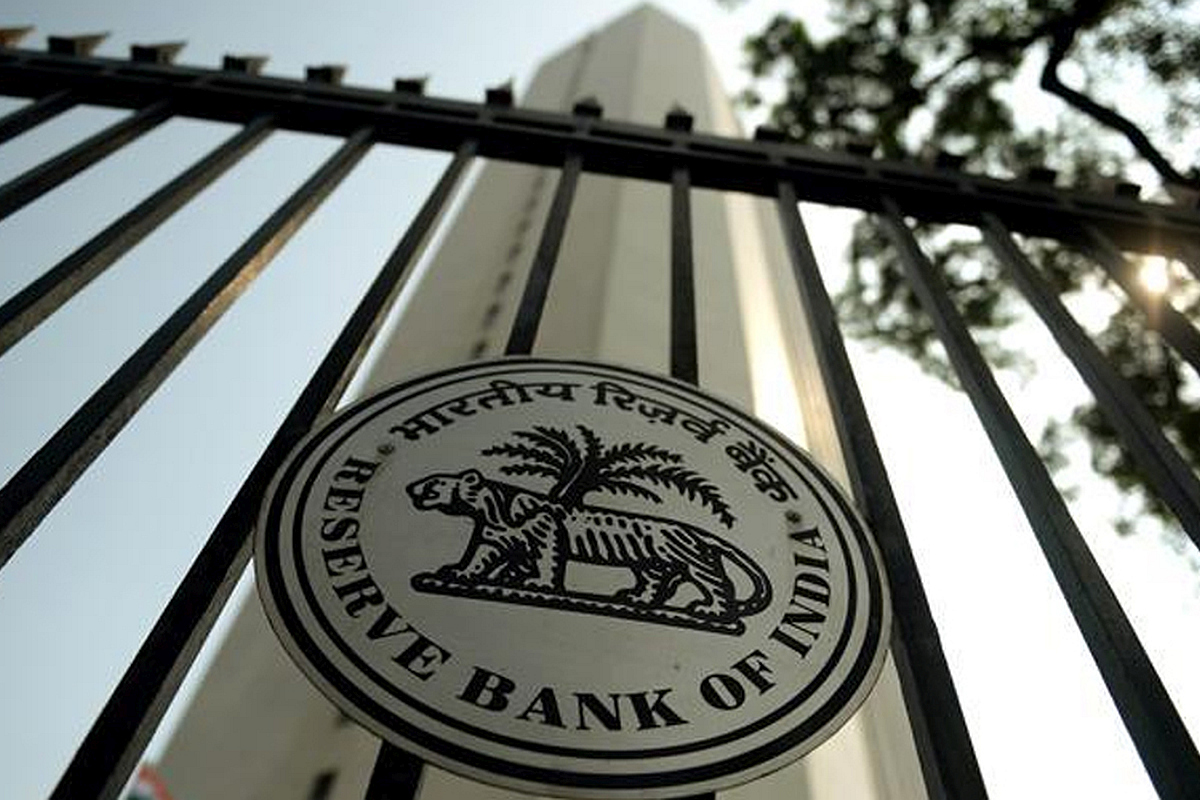The unanimous decision by the Reserve Bank of India’s six-member Monetary Policy Committee decision to keep the repo rate unchanged at four per cent is a step in the right direction, especially when it is borne in mind that inflation is now on the rise.
The central bank’s earlier policy prescription ~ that giving a push to the economy was more important than keeping inflation under control in the economic environment created by the Covid-19 pandemic and subsequent lockdowns – has proved to be a failure.
Advertisement
A further cut in the rate would have fuelled price rises. Already the rise in food prices is significant and has begun to pinch. Besides, the repo rate has been cut continuously in the past few months.
Experts believe the policy rate should be kept unchanged or even hiked marginally to allow the economy to absorb the rate cuts already made during the past several months.
With the inflation rate hovering around six per cent in the first quarter, the economy is already in a difficult space. The MPC itself sees risks of food prices rising and elevated inflation during the July-September period. Inflation may only reduce in the third quarter. It is a matter of record that the earlier rate cuts did not have the expected impact on the economy ~ of reviving growth and stimulating demand.
There is also no indication of when the situation will improve, or when the rate cuts already made will begin to have an impact on the demand for credit. As far as loan recasts are concerned, the focus of the RBI’s monetary policy on restructuring of loans needs to be carefully studied. It must be understood that loan restructuring or moratorium on repayments can at best be temporary measures.
They cannot bring about a permanent solution. Rather, in the long-term, such measures could lead to a ballooning of non-performing assets. Special restructuring packages which involve deviation from established rules and regulations have had a bad reputation, and these may undermine the commercial banking system.
Certainly, offering restructured packages to stressed borrowers did not yield good results in the past. In fact, the nation’s banking system is yet to fully recover from its last cycle of bad loans offered under special dispensations.
Already thousands of crore rupees have been turned into NPAs that dot the banks’ balance-sheets and the authorities have been able to do precious little over the years to recover even a fraction of these bad assets.
The central bank should focus on the real impact of macro-economic policies announced in the recent past before formulating its next monetary policy in October.
